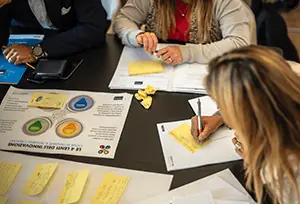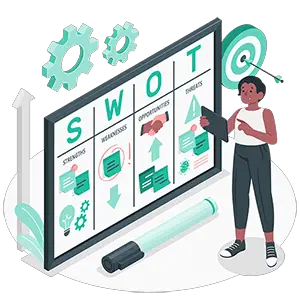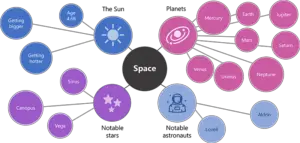
Guide: Problem Solving
Author: Daniel Croft
Daniel Croft is an experienced continuous improvement manager with a Lean Six Sigma Black Belt and a Bachelor's degree in Business Management. With more than ten years of experience applying his skills across various industries, Daniel specializes in optimizing processes and improving efficiency. His approach combines practical experience with a deep understanding of business fundamentals to drive meaningful change.
×


 Developing solutions is where creativity and critical thinking come into play. This stage is not just about finding any solution, but the most effective one. It often involves brainstorming, where multiple ideas are generated before narrowing down to the most viable options. Each potential solution is evaluated based on its feasibility, impact, and the resources required for implementation.
Developing solutions is where creativity and critical thinking come into play. This stage is not just about finding any solution, but the most effective one. It often involves brainstorming, where multiple ideas are generated before narrowing down to the most viable options. Each potential solution is evaluated based on its feasibility, impact, and the resources required for implementation. This is the foundational step in the problem-solving process. It involves recognizing that an issue exists and merits attention. Identifying a problem is not always straightforward, as some issues may be subtle or complex. This stage requires keen observation, an open mind, and sometimes the ability to see beyond the obvious. Key skills here include attentiveness to details, critical thinking, and the capacity to ask relevant and insightful questions. Proper identification is crucial because an incorrectly identified problem can lead to ineffective solutions.
This is the foundational step in the problem-solving process. It involves recognizing that an issue exists and merits attention. Identifying a problem is not always straightforward, as some issues may be subtle or complex. This stage requires keen observation, an open mind, and sometimes the ability to see beyond the obvious. Key skills here include attentiveness to details, critical thinking, and the capacity to ask relevant and insightful questions. Proper identification is crucial because an incorrectly identified problem can lead to ineffective solutions.
 This stage is where creativity and innovation come into play. The objective here is to generate a wide range of potential solutions without immediate judgment or analysis of their feasibility. This encourages thinking outside the box and exploring various possibilities. Diverse perspectives and brainstorming are particularly valuable in this phase, as they can lead to more creative and effective solutions. The key is to remain open-minded and not limit the thought process to conventional solutions.
This stage is where creativity and innovation come into play. The objective here is to generate a wide range of potential solutions without immediate judgment or analysis of their feasibility. This encourages thinking outside the box and exploring various possibilities. Diverse perspectives and brainstorming are particularly valuable in this phase, as they can lead to more creative and effective solutions. The key is to remain open-minded and not limit the thought process to conventional solutions. Choosing a solution is just part of the process; implementing it effectively is equally important. This stage involves developing a detailed action plan for the chosen solution. The plan should outline clear steps, allocate resources, set timelines, and assign responsibilities. Effective implementation requires good management skills, clear communication, and often, the ability to adapt and make adjustments as the solution is rolled out.
Choosing a solution is just part of the process; implementing it effectively is equally important. This stage involves developing a detailed action plan for the chosen solution. The plan should outline clear steps, allocate resources, set timelines, and assign responsibilities. Effective implementation requires good management skills, clear communication, and often, the ability to adapt and make adjustments as the solution is rolled out.





